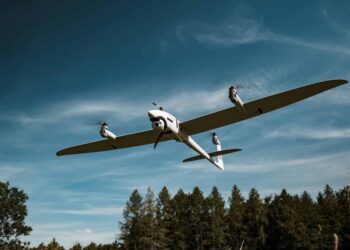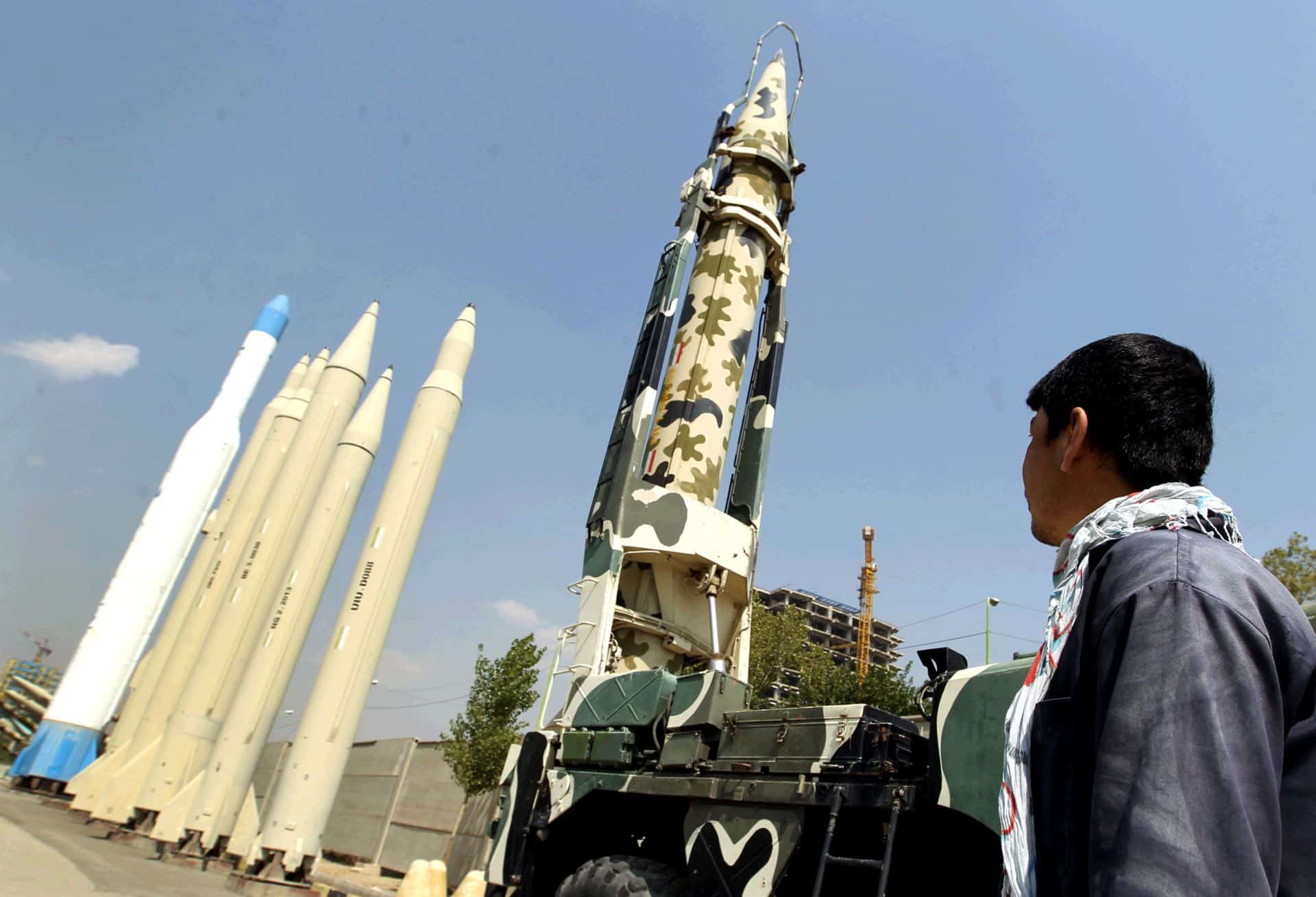Lexington Institute, The fiscal 2007 budget request that defense secretary Donald Rumsfeld carries to Congress next month will contain a series of changes to military aircraft programs. Here are the most important changes.
F-35 Engines
Policymakers want to terminate development of an alternate engine for the F-35 Joint Strike Fighter, delivering a monopoly in tactical jet engines to the Pratt & Whitney unit of United Technologies. The Pentagon plans to build 2,400 of the single-engine fighters for three services and sell hundreds more overseas, generating demand for at least 4,000 engines over the next several decades (each engine costs several million dollars). Pratt's F-135 derivative of the engine used on the F-22 fighter would be installed on all these planes, plus get a lucrative aftermarket of spare parts and support lasting to mid-century. Competitor GE probably would exit the tactical engine business.
B-52 Jammer
The Air Force's plan to equip aging B-52 bombers as standoff jammers for strike aircraft penetrating hostile airspace would be terminated. Air Force leaders have decided that they need a faster, more survivable jammer capable of accompanying the strike aircraft, but are deadset against buying the Navy's electronic-warfare derivative of the F/A-18 Super Hornet. The service is looking into equipping unmanned aircraft with jamming equipment, but insiders say the more likely outcome is a modification of the F-15E fighter-bomber for electronic-warfare missions.
E-10 Electronic Aircraft
No production funding is provided for the Air Force's E-10 aircraft, which would limit the program to a single airframe for testing new sensor systems. The program was originally conceived to develop a common replacement airframe for the E-3 AWACS aerial surveillance plane, the E-8 JSTARS ground surveillance plane, and the RC-135 Rivet Joint signals intelligence plane. The Air Force may eventually end up building an aircraft that can accomplish electronic missions for all of the military services, but in the near term it will need to modernize AWACS, JSTARS and Rivet Joint while looking into how unmanned aircraft such as Global Hawk can host some of the sensors planned for E-10.
C-17 Transport
Production of the C-17 cargo plane would end at 180 airframes, well short of the 220 aircraft the Air Force's transport community had been seeking. A study of near-term mobility needs conducted by the Joint Staff and Office of Program Analysis & Evaluation found that only 180 C-17's would be needed if the Air Force retained its entire fleet of huge C-5 transports. The C-5's have experienced chronic readiness problems, but policymakers think that programs to replace aging engines and upgrade on-board electronics could reduce these concerns. The C-17 is a far better airframe, but Air Force leaders prefer to spend money on new aerial-refueling tankers rather than more cargo planes.
U-2 Spy Plane
Aviation Week & Space Technology reports this week that the 2007 budget will call for accelerated retirement of the U-2 spy plane and F-117 stealth “fighter” (actually a small bomber). Retirement of F-117's is timely, because more capable strike aircraft will soon be fielded. But it is not clear Congress will go along with mothballing the high-flying U-2 until unmanned vehicles prove they can take over the plane's job of collecting imagery and signals intelligence. With 50 years of service life remaining on its airframe, the U-2 has a bigger sensor payload than any unmanned vehicle. It may not be able to match the persistence of a Global Hawk, but there are real advantages to having a pilot on board.
Germany says adding explosive drones to weapons arsenal
Germany said Friday it would buy explosive drones for the first time as Berlin boosts investments in its armed forces...









